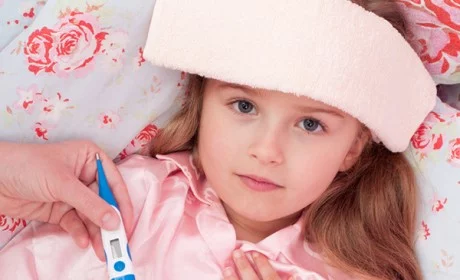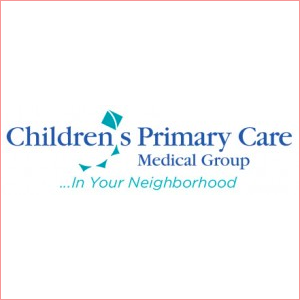The Flu FAQ

CPCMG pediatricians get a lot of questions about the flu. Check out our “Flu FAQ” and learn more.
When is “flu season”?
In southern California, flu season occurs in the fall and winter (anywhere from October/November through March/April).
What is the flu?
Flu is a viral infection of your child’s respiratory tract – this includes the nose, throat and lungs.
How do I know if my child has the flu?
The main symptoms of the flu include fever (usually over 100.5 F), cough, sore throat and runny nose. Your child may also feel extremely tired and complain of muscle aches and pains. You may see a drop in appetite and activity level. Children with the flu may also have stomach problems including vomiting and diarrhea.
How can I tell the difference between the flu and a common cold?
It can be hard to tell the difference between the flu and a cold. Both flu and a cold can cause coughing and a runny nose. However, with the flu, fever and achiness are often seen, and in general the symptoms are worse than with a cold. If you’re not sure, please contact your CPCMG pediatrician for help.
Do other respiratory viruses circulate during the flu season?
Yes! These are non-flu viruses and can cause symptoms like those seen with the flu. The rhinovirus is one cause of the common cold. The respiratory syncytial virus, known as RSV, is the most common cause of significant respiratory illness in young children.
I’ve heard some parents talk about “stomach flu.” Is this the same thing as the flu?
Many people use the phrase “stomach flu,” but the flu is primarily a respiratory disease and not a stomach or intestinal illness. Although vomiting and diarrhea sometimes affect children with the flu, they are rarely the primary symptoms of the disease.
How can I protect my child from the flu?
First, it is very important to make sure your child gets this season’s flu vaccine. Good news: the vaccine does not CAUSE the flu. Teaching your child proper hand washing is another way to protect your child. Check out this CPCMG blog post about hand washing and other steps to keep your kids healthy.
At home and school, and even when everyone is healthy, use separate cups and utensils – don’t share drinks and food. This will help prevent the spread of viruses. If your child does have the sniffles or a cough, teach them to cough and sneeze into the inside of their elbow.
Finally, make sure your child gets enough rest. School-age children (ages five to ten) need 10 to 11 hours of sleep a night and younger children will need even more. A consistent sleep schedule will help their immune system stay strong and help them recover faster from cold or flu.

